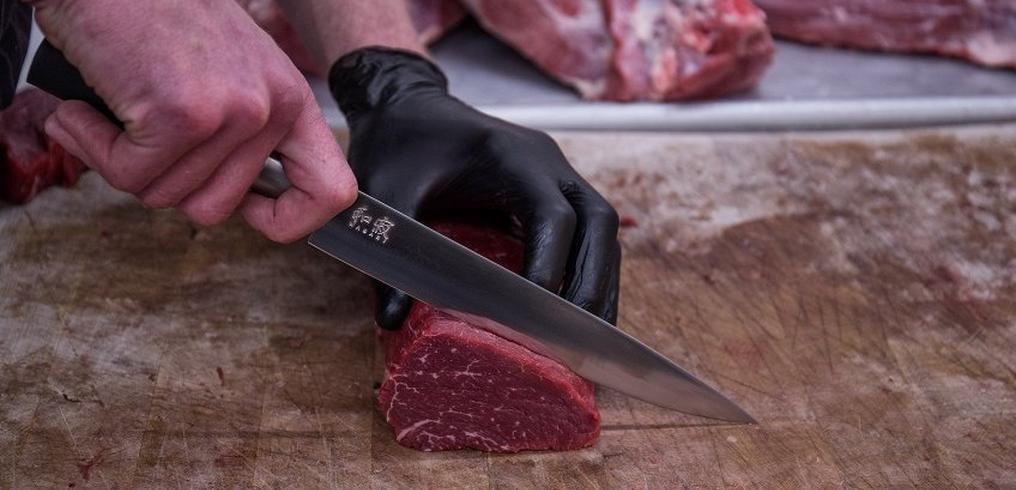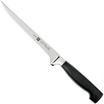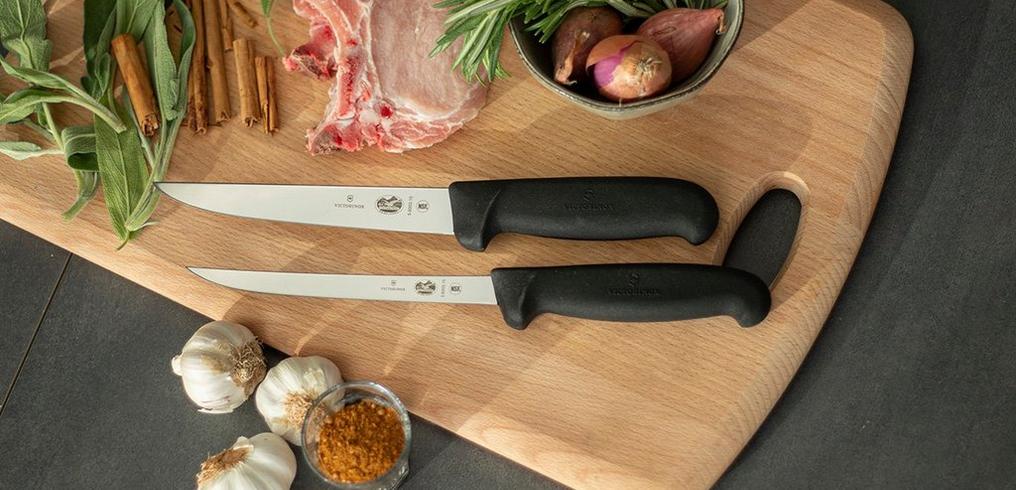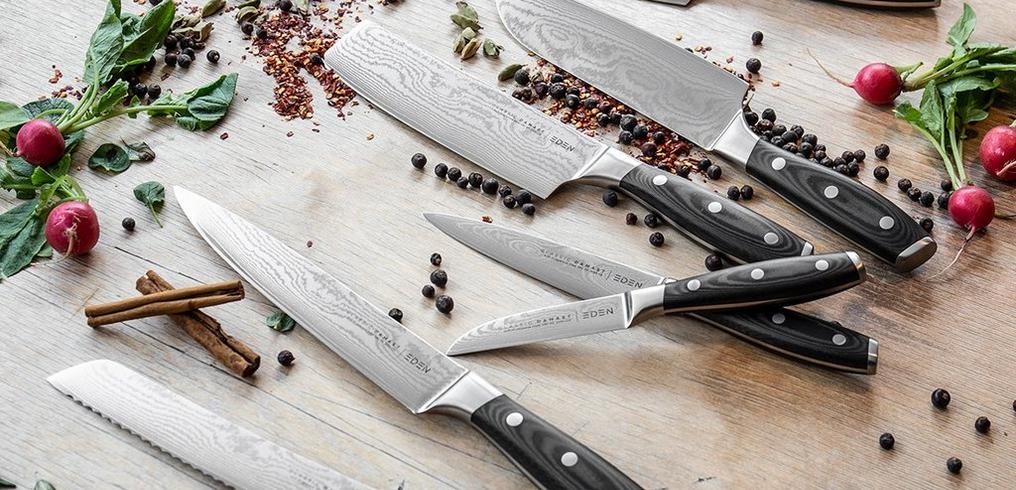
Filleting knives: filleting meat or fish will be a piece of cake!
With a filleting knife you can fillet fish and meat. You use the knife to remove the skin of the fish, for instance. The knife is related to the boning knife. The names are often also used interchangeably. With the thin, flexible blade you can fillet fish (and meat), without damaging it. In addition, thanks to the thin blade you have a lot of control over the knife.
















































A good filleting knife
When there are so many different filleting knives, how do you know what to pay attention to? Tip: pay close attention to the length of the blade.
A good filleting knife is between 15 and 20 cm long. A blade that is too short will make it very difficult to fillet large pieces of meat or fish. Never opt for a short blade, because you will regret it. A sharp knife will leave you with nice, thin slices and won't tear the fish (or the meat) and thus damage it as you fillet it.
Are the length and sharpness of the blade the only things you need to pay attention to?
Filleting knives: the other qualities
No, you need to pay attention to more qualities of a filleting knife when you are about to purchase one. The lifespan of the filleting knife is determined by the material it is made from. The most-commonly used steel for filleting knives is stainless steel. Knives made from stainless steel will last a lifetime because no corrosion will form, resulting in a blade that retains its sharpness for a longer time.
In addition to the material, it is also a good idea to consider the flexibility of the knife. A flexible blade allows you fillet fish and meat quickly and easily, because it can move alongside the structure of the ingredient. However, this really comes down to personal preference. Some people prefer a flexible filleting knife, others opt for a slightly more solid blade.
Like all other knives a filleting knife needs to feel great in hand and the handle should provide you with enough grip. This will result in a knife that you can safely use, and one that won't cause any fatigue in your hands as you’re preparing your food.
Longer lifespan thanks to proper maintenance
You can extend the lifespan of your knife by maintaining it on a regular basis. This means you frequently sharpen the blade with a sharpening stone, sharpening system or sharpening steel, and that you clean it thoroughly after use. Don't forget to properly dry the knife and store it in a dry place, to prevent rust.








